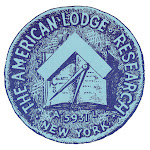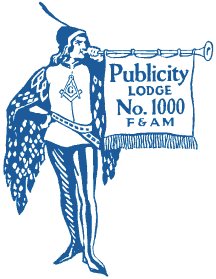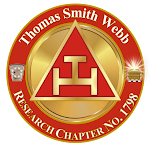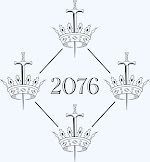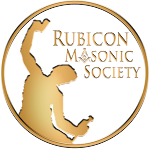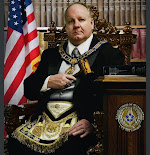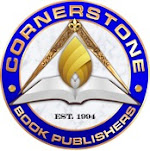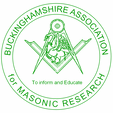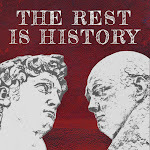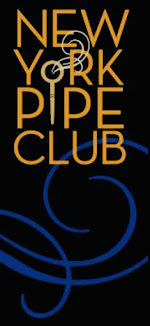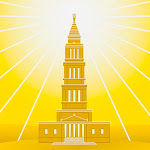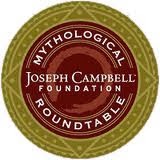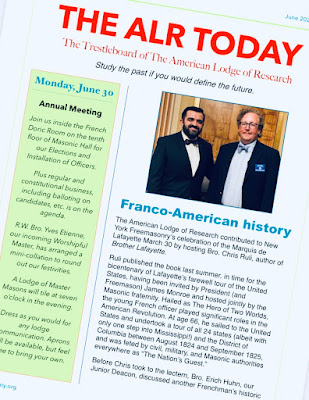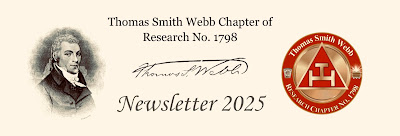Here’s a gift idea for the Masonic bibliophile who has everything. An auction on eBay claims to offer a first edition of The Constitutions of the Free-Masons. Or, as we commonly call it, Anderson’s Constitutions from 1723.
How much, you reasonably ask? It was listed at a paltry £10,000—that’s nearly $13,500 to us. (I’m no book dealer or appraiser, but this item is worth no such thing. There is no Make Offer option, so I don’t expect this to sell in its current listing.) This auction will end October 14.
How much money might it be worth? I’d estimate half of that asking price—if it is a 1723 first edition. No photos of the spine are shown, and the pages that are displayed are stained significantly (whether that’s foxing, I don’t know). But these do not appear on the market often, so maybe a buyer would venture higher, but I’d be surprised.
And, not to be a wise guy, but I’m not convinced this is from 1723. There are other editions from the eighteenth century, and the cover of this one doesn’t look like the cover of this one (in red, at right).
Another confusion may be the bookplate, which says Darcy Lever Esquire, who the seller identifies as “Sir Darcy Lever of Alkrington, LL.D. (c. 1705–1743).” Was he a Freemason? I don’t know, but a quick query to Google’s AI yields a negative answer. Of course the UGLE and, specifically, the Museum of Freemasonry would be the places to ask. I know from experience they won’t answer me, but maybe a Magpie reader has a connection there. Anyway, here is the description of this item:
A Cornerstone of Modern Society
and Esoteric History
The Constitutions
of the Free-Masons (1723)
Containing the History, Charges, Regulations, &c. of that Most Ancient and Right Worshipful Fraternity
Authored by the Rev. James Anderson, D.D.
An Exceptional Copy
with Distinguished Provenance
I am immensely proud to offer a first edition of one of the most significant documents in the history of civil society: Anderson’s 1723 Constitutions. This rare and revolutionary text is presented in good to fine condition, complete with all blanks, a testament to its preservation over three centuries.
Of particular note is its distinguished provenance, bearing the original bookplate of:
Sir Darcy Lever of Alkrington, LL.D.
(c. 1705-1743)
A member of the wealthy Lever family, who acquired the Alkrington Hall estate in Lancashire, Sir Darcy Lever was a prominent figure of the era. He served as High Sheriff of Lancashire (1736) and was a major landowner and builder, commissioning the new Alkrington Hall from the celebrated architect Giacomo Leoni. A man of high standing in the county and a builder of note, his possession of the Constitutions underscores the text’s immediate importance among the elite of Georgian England. This connection to a man of substance and a builder in the Roman/Palladian style only enhances the book’s historical value.
The bookplate is likely contemporary with the 1723 publishing date as it does not reflect his later knighthood.
History and Significance:
The Enlightenment’s Rulebook
Published in London in 1723, this book is not merely a set of rules; it is the philosophical foundation and “rulebook” of modern Freemasonry worldwide. Commissioned by the newly formed Premier Grand Lodge of England (1717), the work by James Anderson transformed the ancient, fragmented guilds of “operative” stonemasons into a modern, unified, and speculative “Gentleman’s Club” that quickly became the most influential fraternal society of its day.
Its historical importance transcends Freemasonry, as the 1723 Constitutions served as a direct vehicle for spreading key Enlightenment principles:
● Religious Tolerance: The document famously replaced the rigid religious requirements of the medieval guilds with an obligation to “that Religion in which all Men agree,” effectively establishing the first charter for a non-sectarian society. This radical idea of religious toleration was wholly groundbreaking in an age of religious conflict and profoundly influenced later political thought.
● Meritocracy and Equality: By shifting the focus from birthright and wealth to “merit,” “aspiration,” and “intellect,” the Constitutions provided a framework for a more egalitarian society. Historians note it helped tilt the Lodges towards becoming “schools for government,” which inculcated principles that influenced later republican politics, most notably in America.
● Constitutional Governance: The text provided a working model for self-governance, featuring written constitutions, the election of officers subject to democratic accountability (one member, one vote), and majority rule. This organizational structure was widely emulated by other secular clubs and societies.
Key Elements of the Text
Anderson’s work is divided into three main sections:
1. The History of Masonry: A grand, though largely legendary, history tracing the “Royal Art of Architecture” back to Adam, Noah, Moses, King Solomon (and Hiram Abiff), and Euclid, culminating in the establishment of the Grand Lodge in 1717. This history served to legitimize the new organisation by linking it to a tradition of ancient wisdom and continuity.
2. The Charges of a Free-Mason: Unarguably the most significant section, setting out the moral and social duties of a Mason, including the ground-breaking religious clause (Charge I) and the duty to be a peaceable subject and to uphold the laws of the country (Charge II).
3. The General Regulations: Outlining the specific rules for the governance of the Grand Lodge and its constituent private Lodges, including how officers are to be elected and the federal structure of the Fraternity.
An exceptional rare to find foundational text in the history of social organization and the Western Enlightenment, this first edition is a mandatory acquisition for any serious collector of Masonic history, early Americana or civil liberties.
I say, on this one especially, buyer beware. Still a nifty piece. Just have an expert look it over before bidding.
UPDATE: OCTOBER 14–Someone purchased it! This auction ended successfully a few hours ago, and one eBay user bid thrice (Masons do things in threes) to add this to a library. I’m impressed.






